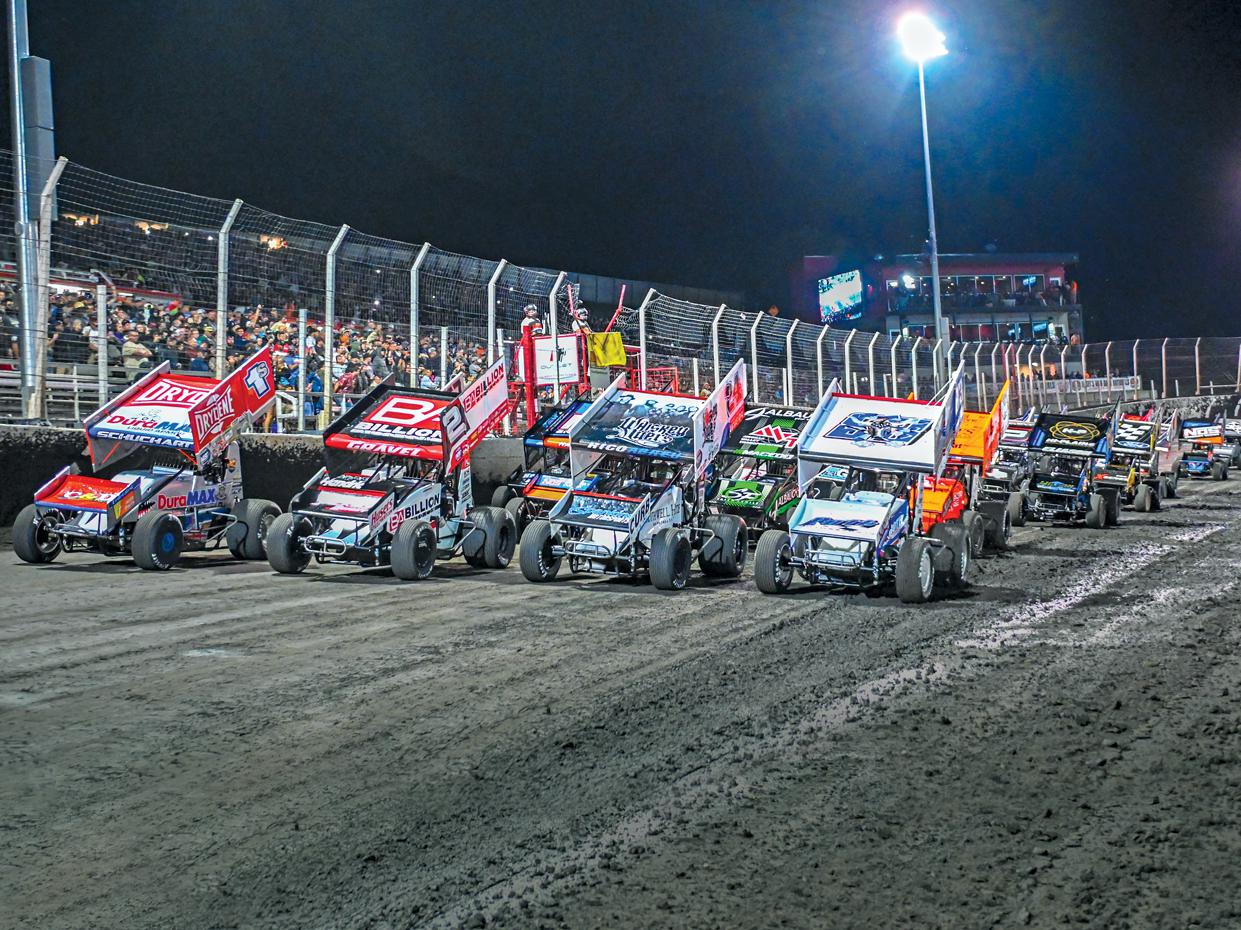BUSINESS OPERATIONS: A PRIMER FOR 2021
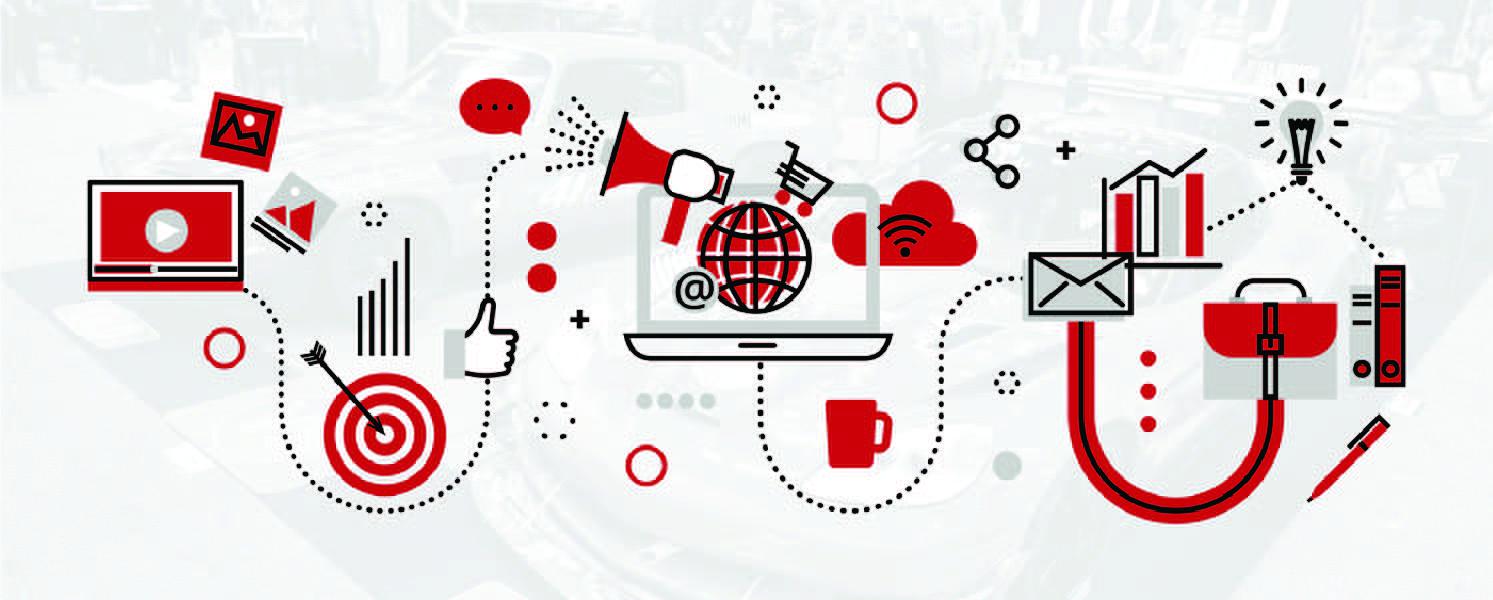
Next-level strategies can help your company better connect with customers and chart a path to success in a quickly evolving marketplace.
The year 2020 has presented more than its fair share of challenges for performance and motorsports retailers, to put it lightly. Those challenges are not insurmountable, as we’ve discovered over the past few months. But “business as usual” isn’t likely to cut it anymore, and some of today’s most sweeping changes in the world of commerce are centered on how businesses connect with their customers.
“Now more than ever, companies need to consider the fact that those customers may not be in the same place they were five years ago—or even a year ago,” said Justin Cesler of Driveline Studios, Detroit, Michigan. “Right now, you can’t just assume that the traditional ways of engaging with those customers at shows and events, and going to the race track regularly, is going to provide you with the means to reach those people.”
As we collectively look to establish a new normal for the industry (and society at large), the ability to adapt to change has taken on a heightened importance. With that in mind, we recently got the low-down from industry experts on the trends that are emerging, along with some insight into business practices that will help retailers attract, retain, and grow their customer bases.
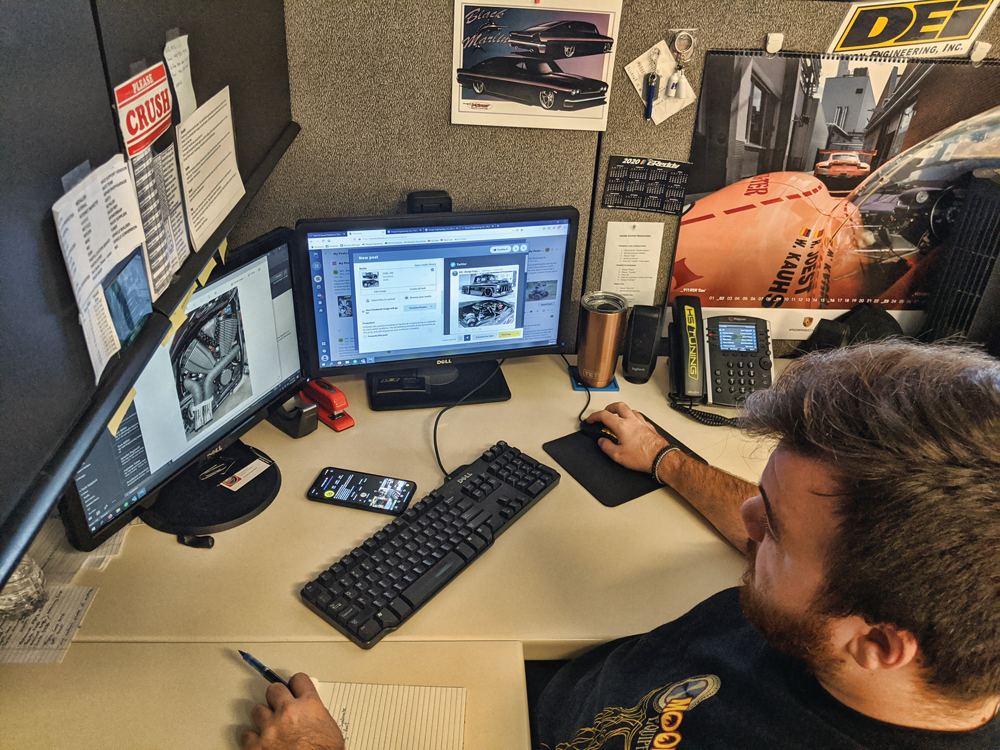
AN EVOLVING MARKETPLACE
Jason Dodge of BlackTruck Media and Marketing in Grand Rapids, Michigan, noted that more commerce has moved online and is likely to stay there for the foreseeable future, so now is the time for companies to reassess their overall marketing and commerce strategies to ensure that they’re putting their best foot forward. “I think we have to be real with ourselves—we’re in the midst of a global pandemic, and it’s probably not going to go away anytime soon,” he observed. “So, if I were giving advice to a company in the automotive performance and racing market, I would absolutely be looking at the bigger picture of that company’s digital footprint and ask, ‘How healthy is my site? How healthy is my brand?’”
Tara Mello of The Brainzooming Group in Prairie Village, Kansas, pointed out that part of that assessment involves revisiting the core mission statement of the company. “Those tend to be based on a lot of assumptions about what a business is going to be doing. But by now we’ve been forced to pivot for nearly a year, so I think this is a good time to go back and revisit that statement to determine whether or not, overall, that’s still what we’re trying to achieve,” she explained. “You have to make sure that whatever you’re trying to achieve is something that is important and can be achieved regardless of the current business climate.”
And much of that revolves around the various online avenues that consumers use to research products and make purchases. “There’s been a shift in consumer behavior,” said Brian Lewis of Wolfhound Interactive, San Diego, California. “And businesses need to react to that.”
Lewis explained that having a comprehensive understanding of your audience is fundamental if you’re relying on your site for growth. “A lot of companies don’t take the time to really document the different types of visitors or prospects that are landing on their site in terms of their level of knowledge, what their goals are, what concerns they might have, and the overall journey those prospects go through to end up at the site. By understanding your audience at that level, you can start thinking about crafting an online experience that’s built around that information and the intentions of those prospects. That will in turn lead to higher levels of engagement, and a better chance that you’re going to convert that visitor into a lead or a customer.”
COVERING THE DIGITAL BASES
A significant part of the user experience is based simply on presentation. “I think it all starts with figuring out your brand identity and what’s going to be the best way to connect your brand to your customers,” said Cesler.
“So, just like building out a physical store or race program, I think brands that may be new to this space need to sit down and take stock of what assets they have,” he continued. “How does the logo look? What fonts are you using, what’s your color pallet? These are simple branding concepts, but in the digital world they’re even more amplified. There’s no person at the counter interacting with customers—your brand is doing the talking through these digital assets. So to start, you should put some basic brand guidelines together and make sure your website reflects who you are as a company and what you’re doing, and you also want to make sure your email signature lines up with those brand guidelines. Then you can start assessing where your customers are in the digital space and hone in on creating content for those platforms.”
Your site’s performance will also have an impact not only on the user experience, but how search engines rank it in results. “The site should perform like a supercar,” said Dodge. “We know that the speed of the site—how quickly it loads pages and things like that—will have an impact on that. People aren’t going to wait around for a site to load, they’ll just immediately bounce back to Google and visit another site. That behavior is going to be logged by Google, and they’ll remember that the next time someone puts in a similar search query. If they see a person searching for something, clicking on a site, going there, and immediately jumping back out to go to another site—or change their search criteria in general—that means the user is disappointed with the search result that Google is giving. And that’s not what Google wants.”
Dodge also points to another often-overlooked but increasingly vital aspect of website design. “For us, the mobile-first mentality has been around for years,” he said. “Over 60% of searches happen on a mobile device. The final purchase might be happening on a desktop, but the research is often happening on a phone. So brands need to ensure that their mobile experience performs similarly.”
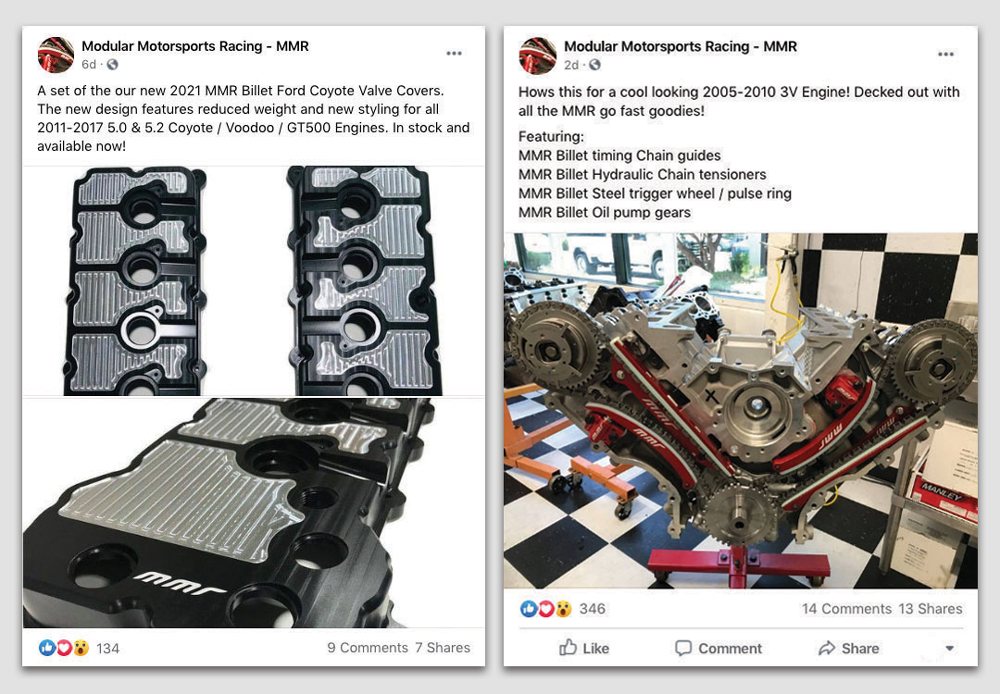
It’s similarly important not to ignore other digital platforms, reported Cesler. “I think the easiest two channels to go after in this space are Instagram and Facebook,” he said. “Instagram is going to be a highly visual medium, and a lot of automotive enthusiasts are on Instagram, so that’s a great place to be. Facebook is also a great place to be because it’s the largest platform, and it’s the most embedded in people’s everyday lives.”
But the value of these platforms is highly dependent on the time and effort that companies invest in it. “On Instagram, start looking around and figuring out where your potential customers are,” he said. “Follow pages and hashtags—if you’re a company that makes parts for a race series, follow NHRA, NMCA, or whatever series that may be, and take a look at what they’re producing and what their customers are looking for because there’s going to be a lot of crossover customers. Take note of the hashtags they’re using and add those to your feed. That way you’ll start seeing what your customers are posting and what they’re going to be most likely to engage with as you start posting content.”
Facebook requires a slightly different approach, though. “Organic content on Facebook is very difficult to do well and effectively,” Cesler said. “The way Facebook’s algorithm works isn’t very friendly to brands anymore, so I would look at Facebook as more of an archive of the stuff you’re going to put out there. So I would set up a nice-looking Facebook page with a nice banner and profile image, along with all the latest contact information and operating hours. I’d also post some content to Facebook, but I think brands will quickly see that the reach is very small unless you’re willing to invest in sponsored posts. That’s the other side of that coin—Facebook can be an amazing platform for advertising, but much less so for organic content.”
SENDING THE RIGHT MESSAGE
Mello said that the path to brand growth starts with a mission statement that points the way to a larger marketing strategy. “We have seven words that we talk about as types of effective brand language,” she said. These include:
Simple—Is it easy to understand?
Emotional—Language that creates strong impact by tapping into an appropriate range of experience-based emotions.
Aspirational—Words that convey the hopes and dreams of employees, customers, and other stakeholders interacting with your company.
Unusual—Distinctive words whose less frequent use makes them stick out and become more memorable.
Connectable—These types of words readily pair up with other words, word parts, or phrases to create new and distinctive brand language.
Open—Language that brings depth to the brand because it can mean multiple things or apply in a variety of situations.
Twistable—Words you can use in varied ways and forms.
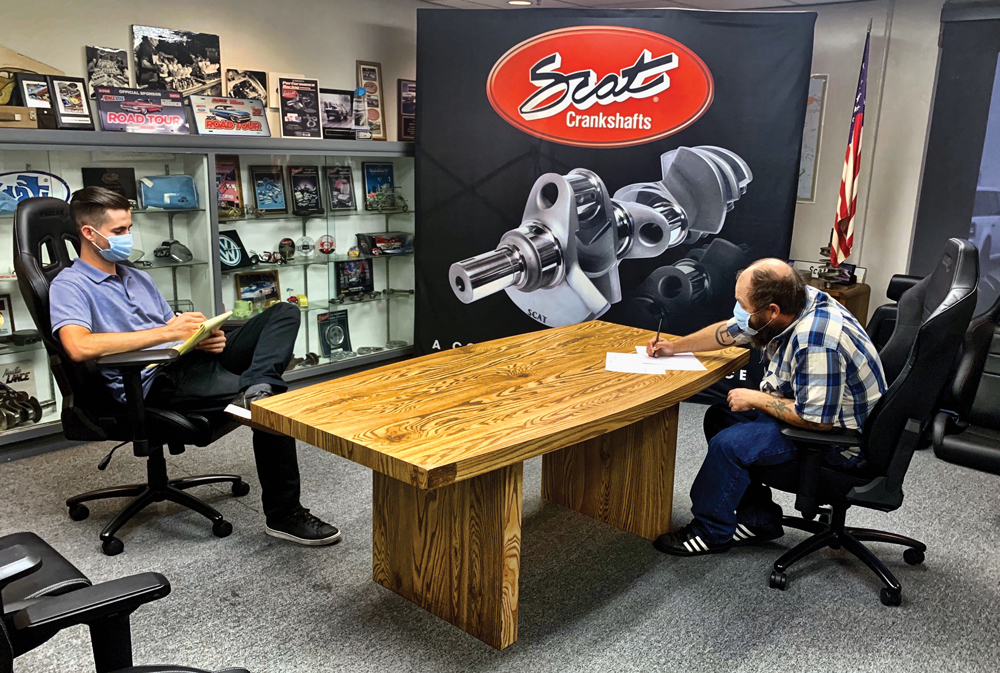
“The resulting strategy doesn’t have to utilize all seven of these words,” she continued, “but it’s a way to look at brand language as a vehicle to create something that resonates while avoiding jargon that doesn’t really mean much.”
She also suggested brainstorming sessions that aren’t comprised solely of company employees in upper-level positions. “Oftentimes, especially in larger companies of 50 people or more, the folks in management are the only ones having this conversation. But ideally, you really want involvement from employees at all levels, and if you can, your customers as well. Put together a diverse group of people—often, the most creative ideas come from people you would not expect. The people packing up shipments in the warehouse might have a different relationship with the customer, and that can result in a perspective you may not have considered.”
Under-promising and over-delivering is generally good practice as well, she added. “When you’re developing that strategy, go with a base level that you can definitely handle. Don’t go out there and tell all your customers that you’re going to have a new how-to video on YouTube every week if you don’t feel really confident that it is sustainable. Set the timetable for every month, or maybe avoid establishing a timetable at all. You don’t want to create expectations with your customers that you can’t meet—that does not look good for your brand,” Mello concluded.
Lewis cited Maslow’s hierarchy of needs as another guide when developing language and an overall marketing strategy. “The world recently changed, and companies should address their marketing to respond to that effectively,” he said. “This hierarchy addresses what we, as humans, are looking to achieve. At the very bottom of this are the physiological needs, and it works its way up to the top, self-actualization. The basic theory is that you can’t move up a level until the needs at the current level are met. Prior to the pandemic, with a healthy economy, we were generally definitely looking for that self-actualization at the top of the hierarchy. But I think that’s changed a bit—there’s a collective anxiety, so the focus has been less about self-actualization and more about safety and security.”
What that translates to for marketers is an increased emphasis on trust and credibility. “Our collective appetite for taking chances has been reduced significantly because of that anxiety—focus your copy on making people feel good about making that decision,” Lewis continued. “During tough times the film studios like to release ‘feel good’ movies because people are looking for an escape. So in a sense, we want to think about the same things in the marketing approach.”
Dodge cited web analytics as another valuable resource for insight into the behaviors and expectations of the customer. “A Facebook pixel, for instance, will allow you to look at users traveling from your Facebook page to your site and vice versa,” he said. “So that if somebody, say, clicks through from Facebook to your website, you have the ability to see if they filled a contact form out, or bought a product from you, etc. And the other side of it is that if they came to the site but they didn’t buy anything, they go into an audience list, and you can follow up with them through targeted Facebook ads. Those types of things are very cost-effective to do, and the big takeaway there is that this person is already familiar with your brand—you’re not trying to break through that wall to get their attention, you’re just reminding them of the products and services that you have.”
 MEMBERSHIP LOGIN
MEMBERSHIP LOGIN JOIN PRI
JOIN PRI

